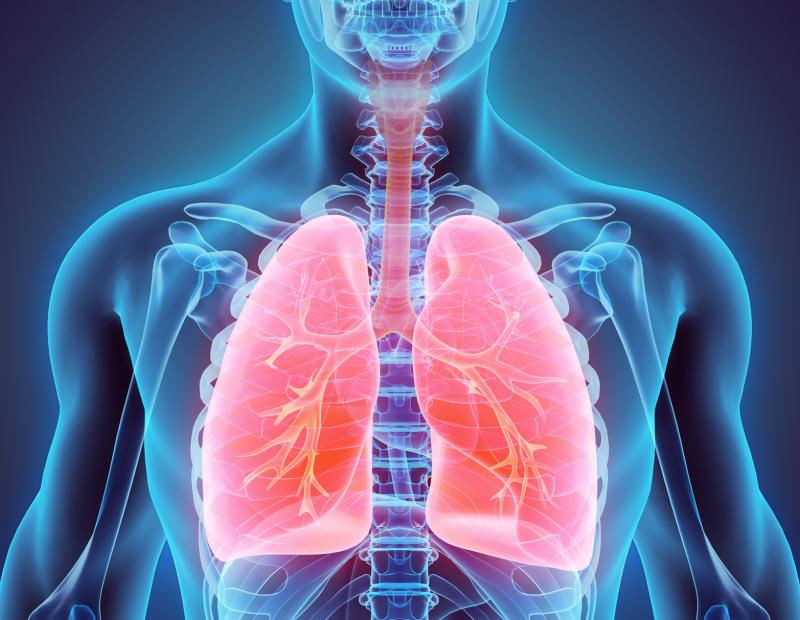
Chronic kidney disease (CKD) patients referred for right heart catheterization commonly have pulmonary hypertension (PH), with the combination of pre- and postcapillary PH subtypes associated with worst survival, a study reports.
Researchers looked at 12,618 patients with a right heart catheterization. Of these, 73.4 percent of patients with CKD and 56.9 percent of those without CKD presented with PH. The most common PH subtypes were isolated postcapillary PH (39.0 percent) and combined pre- and postcapillary PH (38.3 percent) in the CKD cohort, and precapillary PH (35.9 percent) in the non-CKD cohort.
The associations of mortality with mean pulmonary artery pressure, pulmonary capillary wedge pressure and right atrial pressure were similar in both the CKD and non-CKD cohorts.
On multivariable Cox proportional hazards analysis, precapillary PH conferred the highest mortality risk among patients in the non-CKD cohort (hazard ratio [HR], 2.27, 95 percent confidence interval [CI], 2.00–2.57).
In contrast, combined pre- and postcapillary PH was associated with the highest mortality risk in the CKD cohort. The HRs for mortality according to glomerular filtration rate categories were as follows: 1.89 (95 percent CI, 1.57–2.28) in G3a, 1.87 (95 percent CI, 1.52–2.31) in G3b, 2.13 (95 percent CI, 1.52–2.97) in G4 and 1.63 (95 percent CI, 1.12–2.36) in G5/G5D.
The study had several limitations, such as those inherent in its observational nature. Serum creatinine data in the 6 months preceding catheterization might not reflect true baseline CKD. Finally, the findings might not be generalizable to the general CKD population as the cohort included only those referred for right heart catheterization.